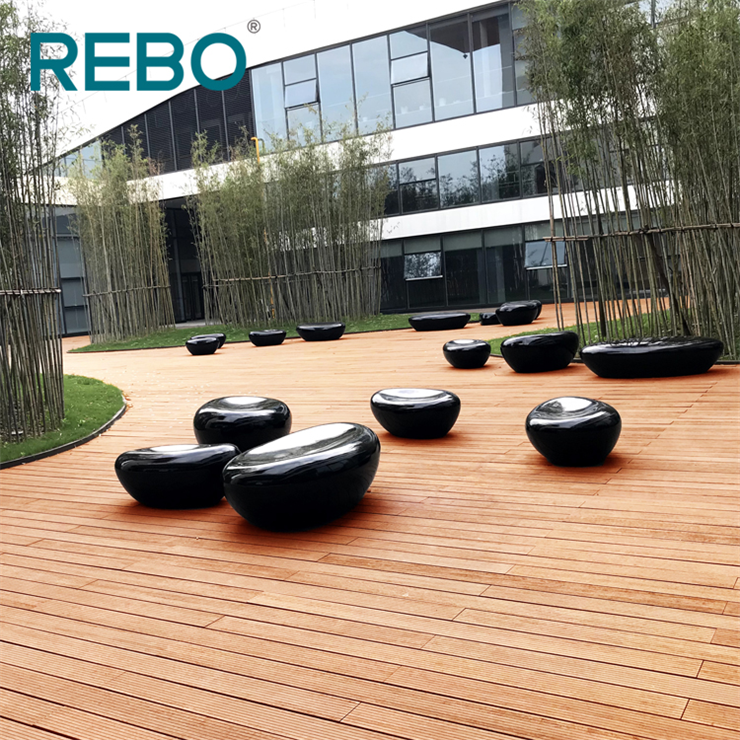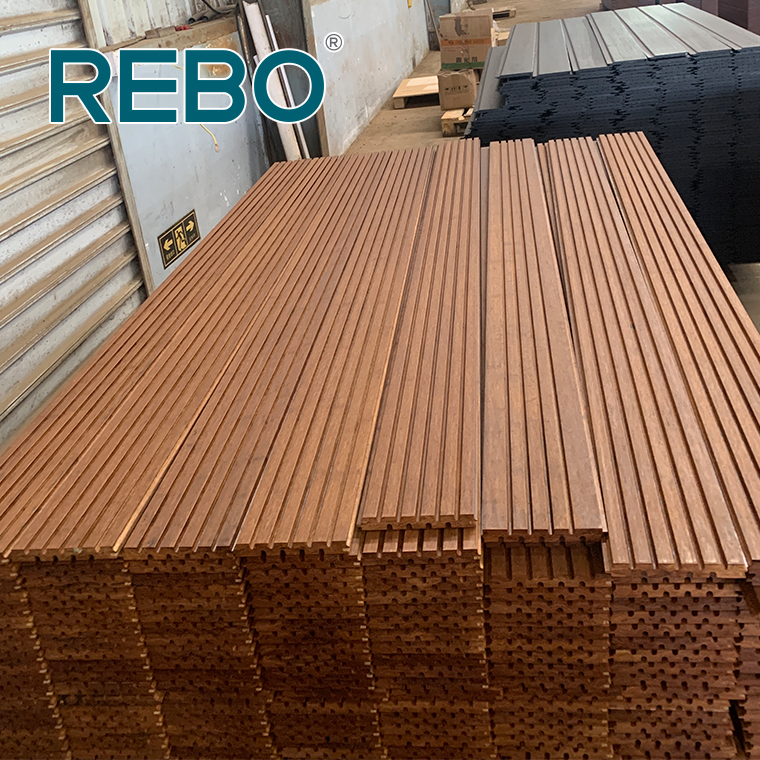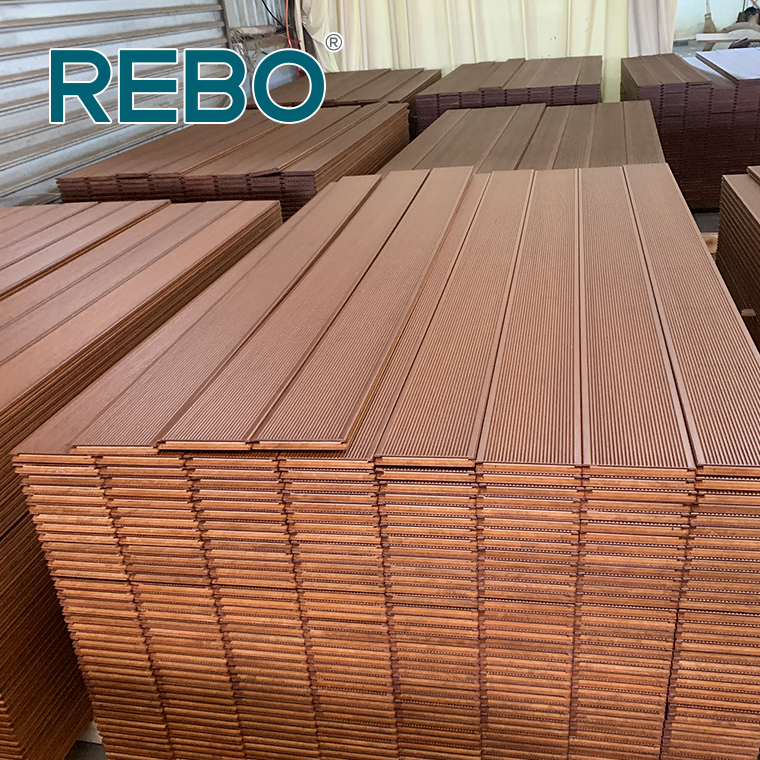What Are Environmentally Friendly Materials?
Environmentally friendly materials refer to such materials that are harmless to the environment and human health. They will not have adverse effects on the environment or cause harm to the human body. Environmentally friendly materials can minimize pollution and damage to the environment during production, use and processing.
Environmentally friendly materials have the following characteristics:
1. Raw materials come from renewable resources: Most of the raw materials for environmentally friendly materials come from renewable resources, such as bamboo, hemp, cotton, etc., rather than non-renewable fossil energy such as oil and natural gas.
2. Environmentally friendly production process: The production process of environmentally friendly materials requires the use of environmentally friendly technologies and processes, reducing or avoiding the use of harmful substances, and reducing energy and resource consumption.
3. Environmentally friendly use process: The use process of environmentally friendly materials will not pollute the environment, such as no harmful gases or dust, no radiation, etc.
4. Reusable: Environmentally friendly materials can be recycled, reused or biodegraded after use and will not have a negative impact on the environment。

With the continuous improvement of environmental awareness, more and more environmentally friendly materials will be widely used:
1. Natural wood: Natural wood is a renewable resource and has low carbon dioxide emissions during its production process. Natural wood is loved for its unique texture and color, however trees have a long growth period, if excessive cutting the trees, it will cause a big problem to the environment.
2. Bamboo: Bamboo is a fast-growing plant, and its growth rate far exceeds that of wood. Bamboo's strength, durability, and antimicrobial content make it suitable for flooring, wall panels, and other materials.
3. Marble: Marble is a natural stone with a variety of colors and textures. There are no pollutants emitted during its production and it has a long service life, so it is considered an environmentally friendly material.
4. Ceramic tiles: Ceramic tiles are ceramic materials fired at high temperatures and have high hardness and pressure resistance. Since ceramic tiles can be reused and produce no waste, they are considered an environmentally friendly material.
5. Cement: Cement is a building material mainly made of limestone and clay. The carbon dioxide emissions during its production process are relatively high, but it can absorb part of the carbon dioxide during use, so it is still regarded as an environmentally friendly material.
6. Paint: Environmentally friendly paint is a relatively material that does not contain pollutants and toxic substances and has good durability and aesthetics.
If you prefer natural material, bamboo is a good choice for you. Its natural color and unique bamboo texture will bring you a good sense of the nature. Its high hardness, high density, high strength and high durability make it very suitable for outdoor flooring, wall cladding, etc. It is indeed a good material for home decoration.


